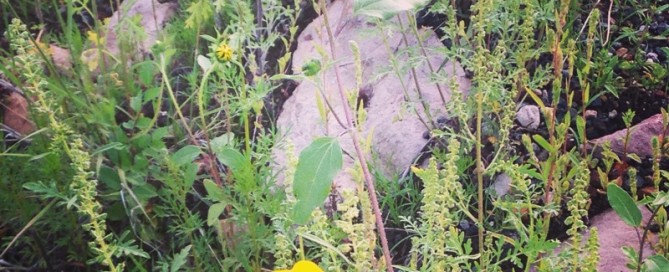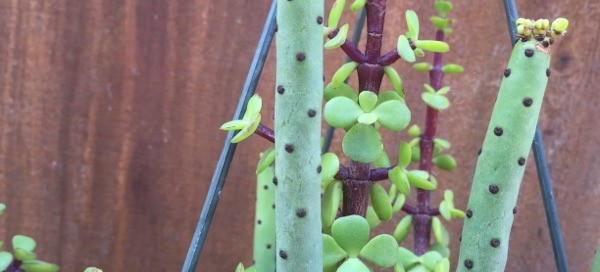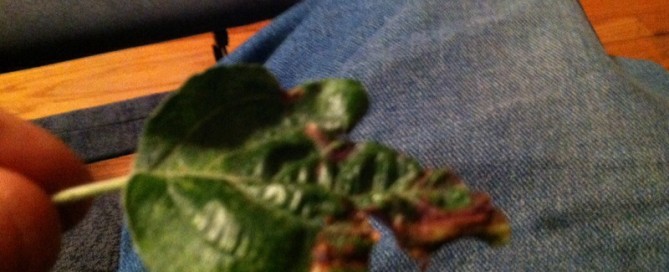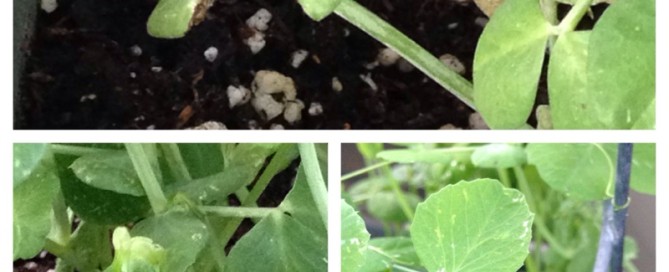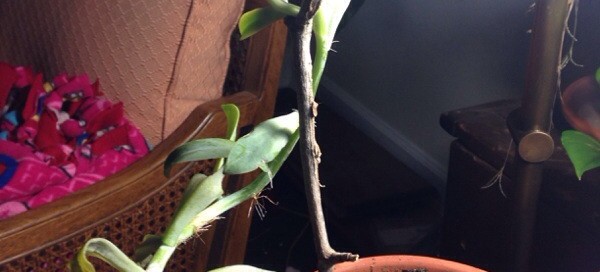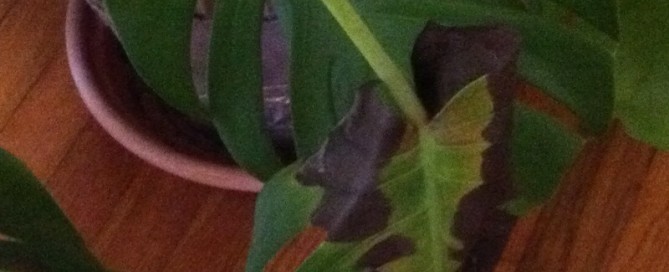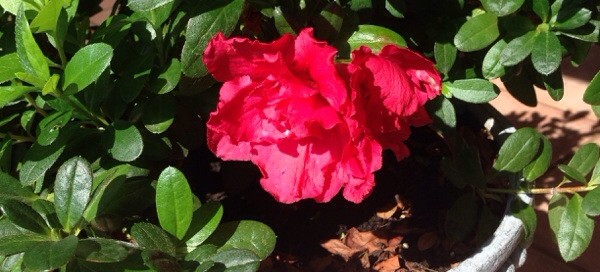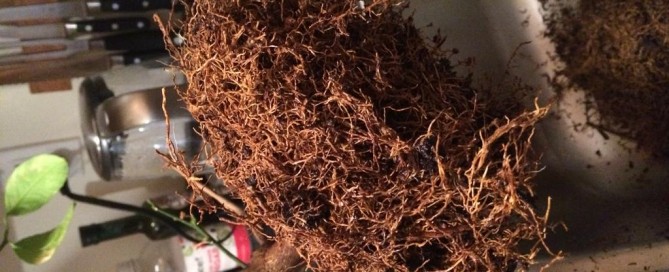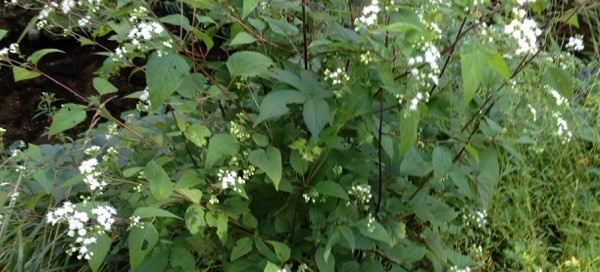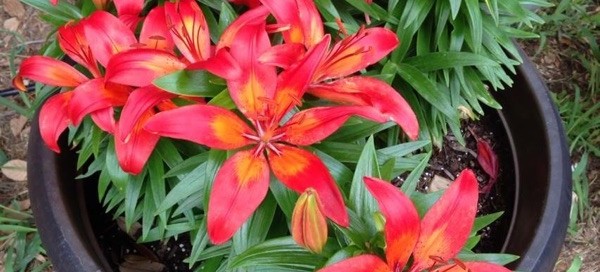Helianthus Sunflower
Common sunflower is a widely branching, stout annual, 1 1/2-8 ft. tall, with coarsely hairy leaves and stems. The terminal flowers heads are large and showy, up to 5 in. across. A tall, coarse leafy plant with a hairy stem commonly branched in the upper half and bearing several or many flower heads, the central maroon disk surrounded by many bright yellow rays. Yellow ray flowers surround brown disk flowers.
Sunflowers are members of the Asteraceae (Compositae) - Aster Family , and most of them are dicots. The easiest way categorize dicots vs monocots is to consider grasses and grains as monocots, and most of the remaining "flowering" plants are dicots.
Here is a link to the families: http://www.floresflowers.com/taxa/Dicots.html
